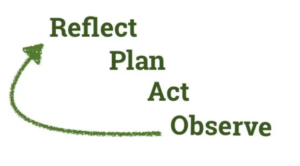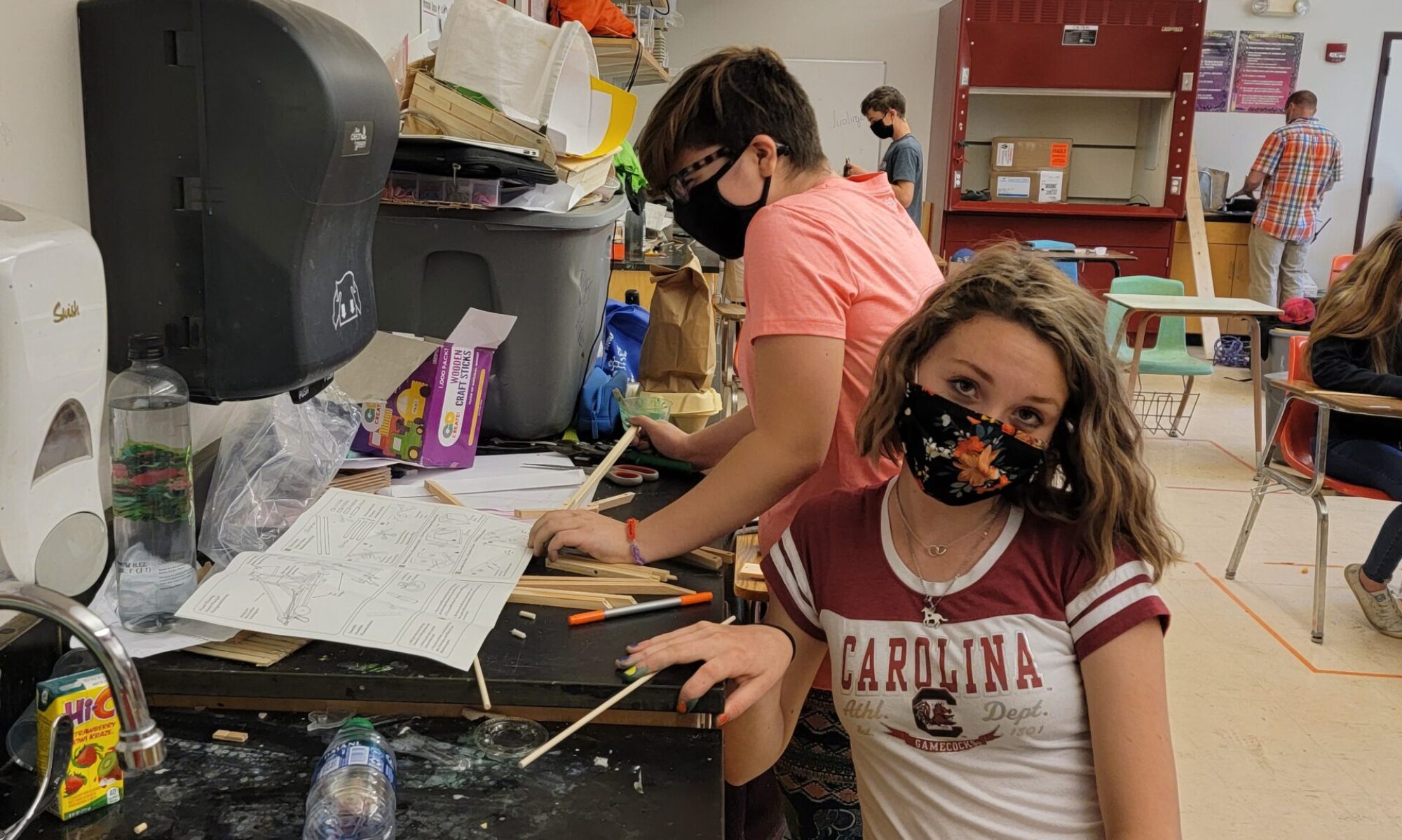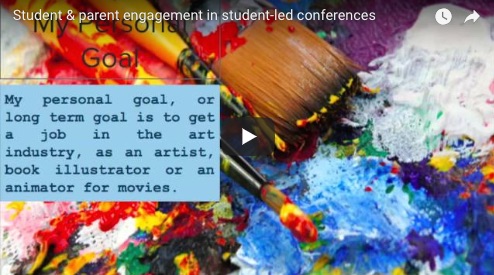What is action research?
It’s research that springs from a state of mind: “By systematically studying my practice I can continuously improve and potentially inform others.” While it’s helpful to look at action research case studies to get a full feeling of how it works, this graphic summarizes the research cycle nicely:

Put another way, this type of research involves educators examining what works in their classrooms, and what could be improved. They collect data, interview students and other stakeholders, and examine these results using a rigorous research framework. They then use those results to improve academic, social and emotional outcomes for their students.
You should consider doing this type of research because it:
- Powers professional growth
- Makes change manageable
- Promotes collaboration
- Produces shareable knowledge
- Drives systemic change
Here are some resources to get you started on best action research practices:
- Why you should do action research
- How to get started with action research
- Unpacking a great action research project
What does it look like in action?
Action Research Case Studies
Every year, educators around Vermont undertake action research in their classrooms. They begin planning during the summer, launch with the school year, and share their results in January, at a conference at the University of Vermont. We’re lucky enough to be able to capture some of those presentations to share with you. Each example we’ve curated in the list below features a video of the presentation, and a full transcript of the presentation, laid out blogpost-style. The posts also feature all of the presenters’ resources. We hope if you’re looking for examples of high quality action research in the classroom, these examples help you move forward with creating change with and for your students.
Spend some time checking out how other educators have conducted their own action research, and learn from the lessons they share as budding researchers.
- Exploring Identity with 4th and 5th Graders
- Challenging Simplified Notions of Health Equity in the Middle Grades
- Place-Based, De-Colonized Ecology in Middle School
- Increasing student engagement in PLPs at Williston Central
- Unlocking family communication in math class
- How do you measure success with project-based learning?
- Toward a student-directed classroom
- How to build teacher advisory
- Flexible pathways in proficiency-based learning
- Scheduling and student choice


